- Softcover: 168 Seiten
- Verlag: Bundesforschungsinstitut für Kulturpflanzen (JKI)
- Autor: Isabelle Vogt
- Auflage: 1. Aufl., erschienen am 29.03.2018
- ISBN-10: 3-95547-057-1
- ISBN-13: 978-3-95547-057-9
- Größe und/oder Gewicht: 21,0 x 14,0 cm
Fire blight: identification, cloning and functional characterisation of related genes on Malus ×robusta
Autoren: Isabelle Vogt12,95 €

HONIGHÄUSCHEN (BONN) – Fire blight is a bacterial disease, caused by the gram-negative enterobacterium Erwinia amylovora, that mainly infects plants of the Rosaceae family. It can spread very quickly and cause enormous damage, which is particularly serious for the economically important fruit crops apple and pear. But also quince and ornamental plants like cotoneaster, hawthorn, pyracantha and mountain ash are affected (Zwet and Beer, 1991). E. amylovora can infect all parts of the plant including flowers, leaves, branches, stems, fruits and roots (Vanneste, 2000). It overwinters within infected tissue of annual cankers, formed on branches diseased in the previous season. In spring, bacterial ooze, which is composed of millions of bacteria, polysaccharides and plant sap, exudes from these areas and serves as primarily inoculum (Zwet and Beer, 1991). Insects attracted by the ooze, but also wind or rain disseminate the bacteria to blossoms (Schroth et al., 1974). There it multiplies initially at the stigma and later it migrates down to the floral nectaries by moistness, resulting in infection and the production of new bacterial ooze, which serves as secondary inoculum (Thomson et al., 1986). In the secondary phase the pathogen infects also shoots, fruits and rootstocks by entering through the stomata or wounds caused by a number of biotic or abiotic factors. From the infected tissue the pathogen moves through the xylem into the parenchyma and down to the root system (Bogs et al., 1998). Typical symptoms of a shoot blight infection are shown in the right picture of figure 1.1 on page 20. Leaves wilt and turn dark brown, but usually remain attached to the tree. The end of the shoot is bended to a so-called shepherds crook and droplets of the amber coloured bacterial ooze exude from the infected tissue. Symptoms of fire blight were first reported by Denning (1794) in North America in the Hudson Valley of New York. However, only a hundred years later initiating research by T.J. Burrill, J.C. Arthur, and M.B. Waite suggested that a bacterium could be the reason for these symptoms (Griffith et al., 2003). Finally, the pathogen was isolated at the beginning of the 20th century as the first proven bacterial plant pathogen and termed E. amylovora (Burrill) Winslow et al. (Baker, 1971; Winslow et al., 1920). Since the discovery of fire blight the pathogen had moved in a period of approximately 135 years into every region of the USA and from there it finally spread over to Japan and New Zealand and reached Europe in 1957, where it was observed for the first time in pear orchards in Kent, England (Bonn and van der Zwet, 2000; Peil et al., 2009). Around ten years later E. amylovora was introduced to the mainland of the European continent by infected plant material from Great Britain and reached four years later West Germany (Van der Zwet et al., 1970; Schroth et al., 1974). Today the disease is present in more than 47 countries around the world and with the exception of Portugal it can be found all over Europe (Van der Zwet et al., 2012; EPPO, 2016). To prevent further introductions and the spread of fire blight, the bacterium is classified in many of these countries, also in Germany as a quarantine disease.
Über „Fire blight: identification, cloning and functional characterisation of related genes on Malus ×robusta“
Das vorliegende Sachbuch zu Themen aus Umwelt und Natur „Fire blight: identification, cloning and functional characterisation of related genes on Malus ×robusta“ wurde erarbeitet und verfasst von Isabelle Vogt. Dieses Sachbuch erschien am 29.03.2018 und wurde herausgegeben von Bundesforschungsinstitut für Kulturpflanzen (JKI).
Bücher wie „Fire blight: identification, cloning and functional characterisation of related genes on Malus ×robusta“ sind im Onlineshop des Honighäuschens bestellbar. Online bestellte Fachbücher zur Imkerei und zu anderen Themen der Umwelt und des Artenschutzes sind zu den üblichen Öffnungszeiten auch direkt im Buchladen Bundesamt für magische Wesen in Bonn, der Stauhauptstadt von Nordrhein-Westfalen abholbar und werden auf Wunsch verschickt.
Das Thema Bienensterben, Rückgang von Insekten und allgemeines Artensterben ist in aller Munde und das Honighäuschen als frühere Bioland Imkerei hat sich von Anfang an daran beteiligt. Mehr als 35 Jahre Imkereierfahrung nahmen ihren Anfang 1982 mit den ersten eigenen Bienen.
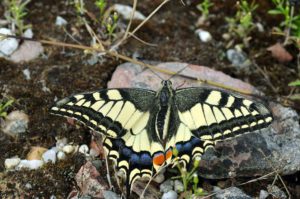
Der zehnjährige Junge, der 1977 einem Hamburger Imker über die Schulter schaute; der Fünfzehnjährige, der mit der Imkerei in Zeiten begann, in denen es noch keine Varroamilbe gab; der achtzehnjährige Fahrschüler, der lernte, dass man die Windschutzsscheibe seines Autos nach einer längeren Fahrt von Insekten säubern muß; der zwanzigjährige Student, der für seine Bienen einen Platz in Bonn suchte; der dreißigjährige Berufsimker, der seinen Bienen quasi eine Gutenachtgeschichte erzählte und sich den Kopf zerbrach, wie man die Umwelt mit ihren Bienen, Wespen, Schmetterlingen und andere blütenbesuchenden Insekten vor den Machenschaften der Agrargiftindustrie und der Gleichgültigkeit agrarindustriehöriger Politiker schützt; der Imker, der nicht nur auf dem Weihnachtsmarkt Bonn die Öffentlichkeit suchte, um bei Führungen an den Bienen auf dem Dach der Bundeskunsthalle zu erleben, dass Kinder (und deren Helikoptermuttis!) Angst vor Schmetterlingen hatten, bis hin zum Begleiter von Forschungsprojekten zu den Riesenhonigbienen Nepals oder den Killerbienen Afrikas, stellt fest, dass etwas sehr im Argen liegt in unserem Umgang mit der Umwelt.
Es sollte jedem bewußt sein, dass die Haltung „Natur ja, aber bitte woanders!“ nicht in Ordnung ist.
Die wunderschöne Welt der Natur
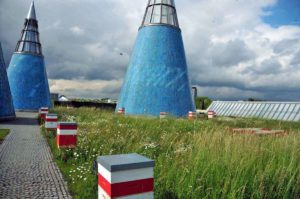
In unserem Online-Buchshop finden Sie viele Bücher wie „Fire blight: identification, cloning and functional characterisation of related genes on Malus ×robusta“, die Ihnen die fantastische Welt der Bienen, Wespen, Ameisen, Hornissen und Schmetterlinge sowie anderer Insekten näherbringen.
Aber nach wie vor stehe ich Ihnen auch gern zu einem Gespräch oder zu einer Beratung im Umgang mit Bienen, Wespen, Hornisse, Wildbienen und Hummeln zur Verfügung, wenn Sie Fragen haben. Besuchen Sie uns in Bonn im Bundesamt für magische Wesen.
Und natürlich gibt es auch weiterhin Honig, Bienenwachskerzen und Met bei uns und zwar das ganze Jahr – nicht nur zu Weihnachten.
| Gewicht | 200 g |
|---|---|
| Größe | 21 × 14 cm |
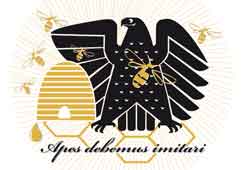
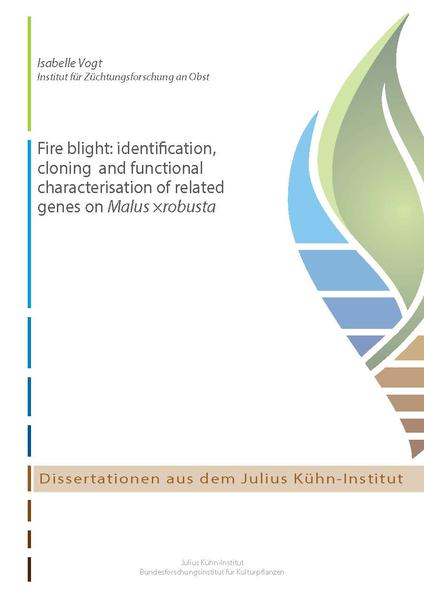

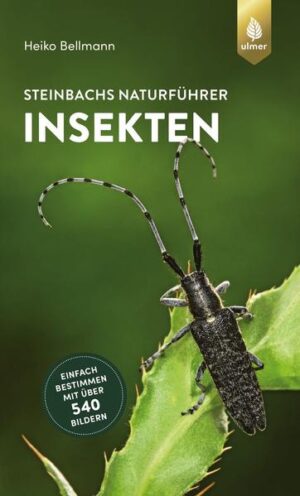
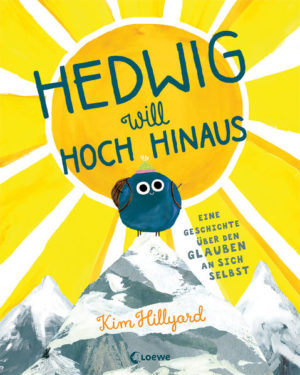
Bewertungen
Es gibt noch keine Rezensionen